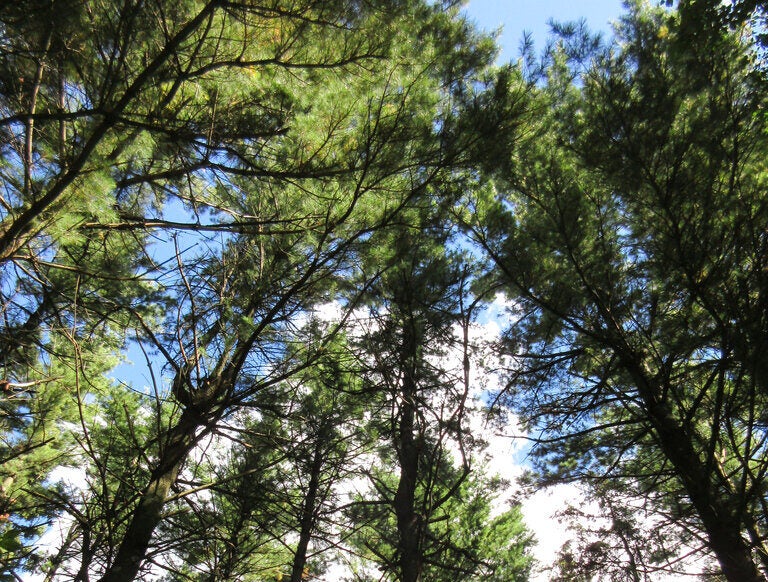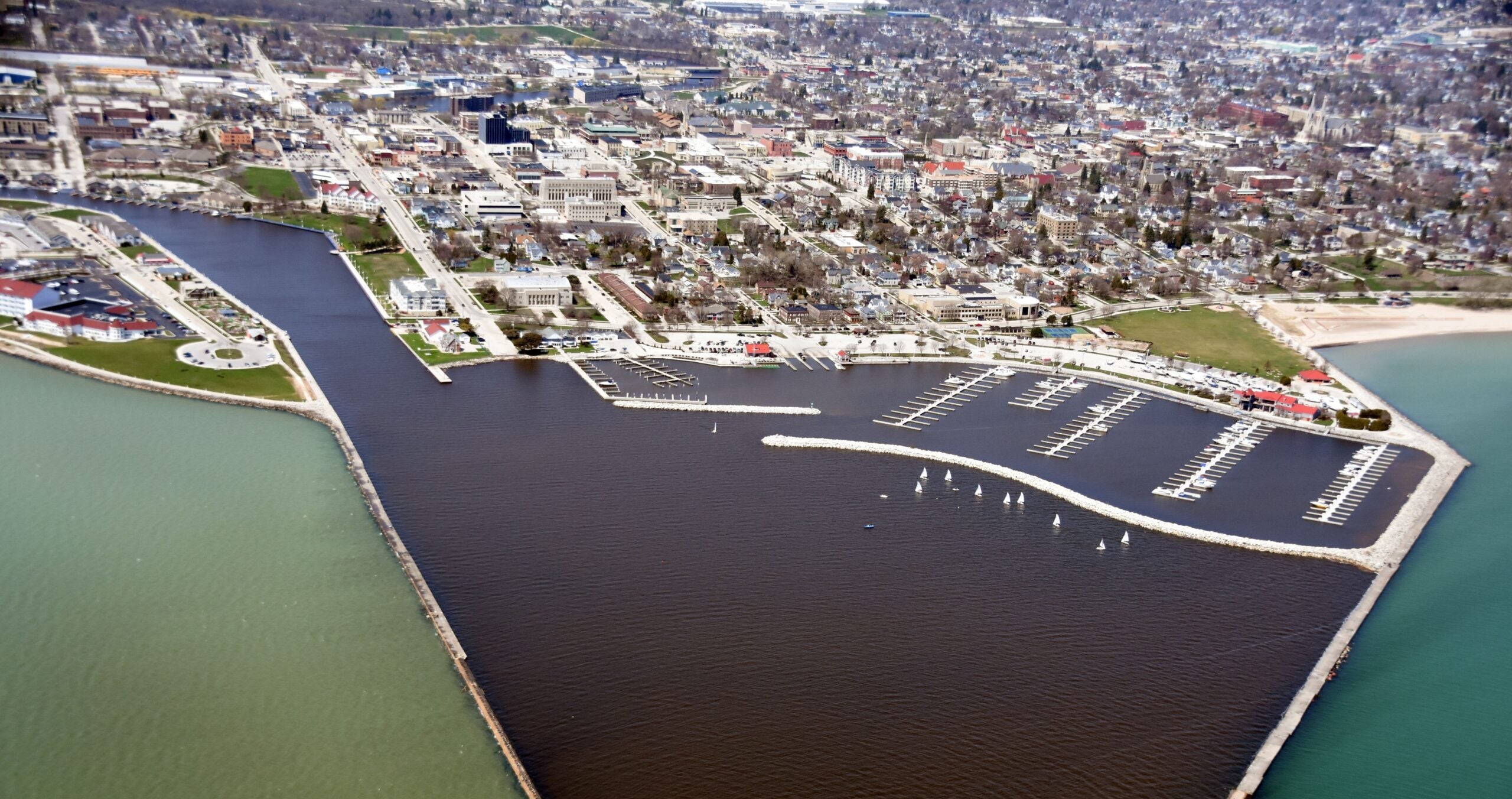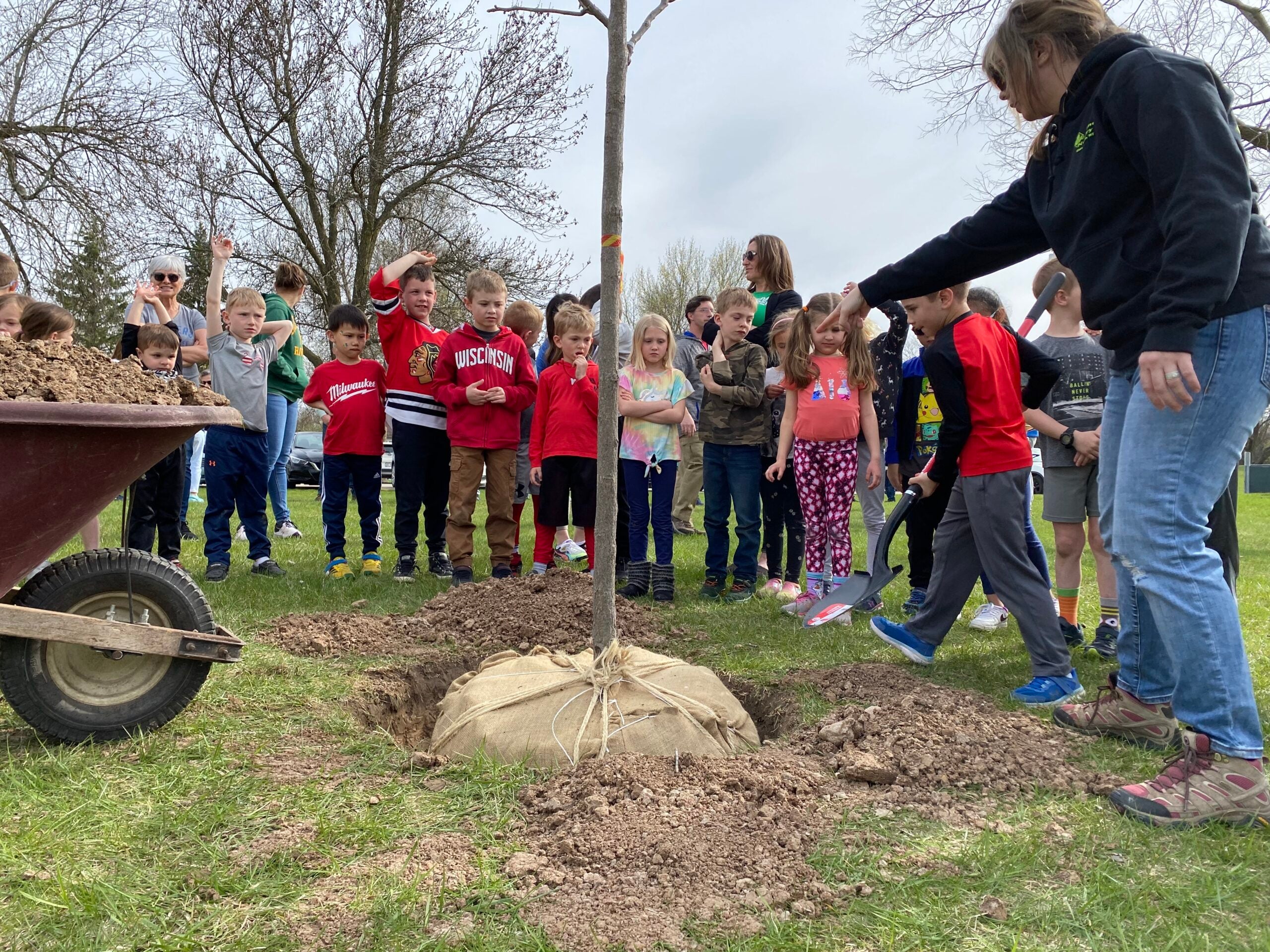Ahead of Earth Day, the state announced it’s nearly a third of the way to Gov. Tony Evers’ goal to plant 75 million trees in Wisconsin by the end of the decade. More than 22 million trees were planted in the last two years with 12.9 million planted last year.
The governor issued an executive order in 2021 directing the Wisconsin Department of Natural Resources to work with public, private and nonprofit organizations to reach that target. The commitment is part of the U.S. Chapter of the Global Trillion Trees Initiative, which also seeks to protect and conserve 125,000 acres of forest. As part of that pledge, the state also conserved more than 2,000 acres of forest last year.
“Planting trees and conserving forestlands are simple but powerful tools to help store carbon dioxide, improve air quality, protect wildlife habitats, and combat the climate crisis, all while supporting our statewide economies,” Evers said in a statement.
News with a little more humanity
WPR’s “Wisconsin Today” newsletter keeps you connected to the state you love without feeling overwhelmed. No paywall. No agenda. No corporate filter.
On average, the state tracks or supplies between 2 million and 5 million tree seedlings each year, according to the DNR. The tree planting initiative is expected to store nearly 29 million metric tons of carbon dioxide over the next half century — that’s roughly the equivalent of emissions released by 6 million vehicles each year. The state’s forests cover about 17 million acres.
In 2022, the DNR’s reforestation program provided 3.5 million tree and shrub seedlings for planting on public and private land.
That includes:
- More than 2 million seedlings planted on private lands.
- More than 1 million seedlings planted on DNR, federal, tribal and other public lands.
- More than 175,000 seedlings planted on county forests.
- More than 36,000 seedlings planted on school forests.
- More than 35,000 seedlings for students on Arbor Day.
Private nurseries supplied around half a million trees that were planted. In addition, the DNR also distributed more than 89 million seeds that are expected to yield around 9 million trees.
Wisconsin’s forests are a critical part of the state’s economy and support the $24 billion forest products industry that employs more than 60,000 workers statewide. The DNR’s Chief State Forester Heather Berklund said that underscores the need for large-scale tree planting.
“It’s really ensuring that we have a forest resource for the future,” Berklund said.
The state is planting trees in rural and urban areas with more than 43,000 trees planted by Wisconsin communities. Berklund noted that trees in urban areas are critical for community health because they help reduce pollution and mitigate the urban heat island effect.
The DNR also set up a map to encourage people to make their own tree planting pledges and record them online.
“We’re really hoping that we can continue to grow and continue to reforest areas,” Berklund said.
Evers’ budget would provide around $1.3 million over the next two years to set up a grant program for forest regeneration and management. It would also devote funding to prevent the spread of invasive species and combat threats to urban forestry.
Planting trees has significant benefits, but it’s unlikely to combat the climate crisis alone. Despite that, planting trees has broad appeal.
A 2020 poll by the Pew Research Center found large-scale tree planting initiatives have strong bipartisan support. Former President Donald Trump also signed an executive order supporting efforts to plant, conserve and restore trees as part of the World Economic Forum’s One Trillion Trees Initiative.
But trees are fighting their own battle as the climate warms.
State scientists have found warming temperatures is driving droughts and longer growing seasons that stress forest ecosystems. That’s increased the length of the fire season and frequency of large wildfires that contribute to carbon emissions, as well as raised the risk of new pests or invasive species like emerald ash borer, an invasive wood-boring beetle.
Wisconsin Public Radio, © Copyright 2026, Board of Regents of the University of Wisconsin System and Wisconsin Educational Communications Board.







